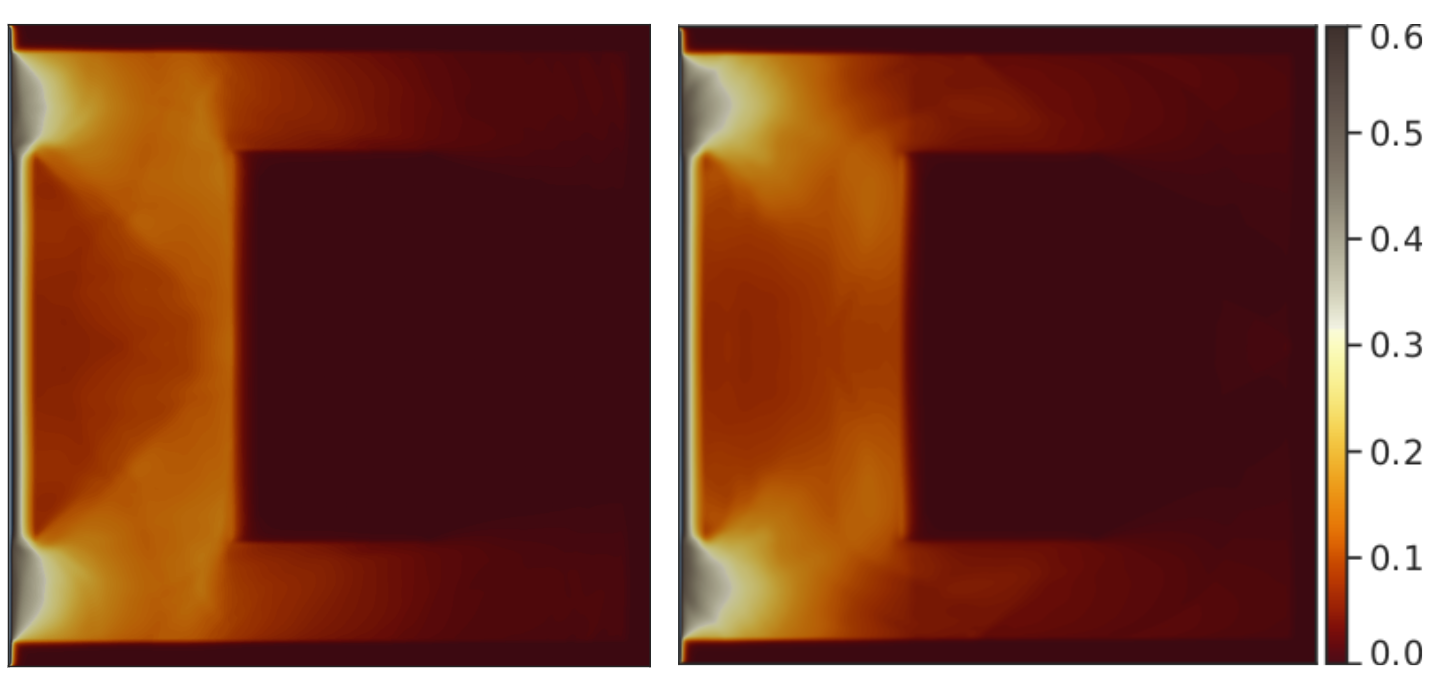
Paper out: April. 26 2024 Github
The main challenge of large-scale numerical simulation of radiation transport is the high memory and computation time requirements of discretization methods for kinetic equations. ...
Read moreI am the Householder Fellow in Mathematics at the Oak Ridge National Laboratory, USA. My current research is centered around AI for Science, with focus on low-rank approximation methods for high dimensional PDEs and neural networks. My goal is to create increasingly robust and efficient methods for complex simulations, in particular for plasma and nuclear physics.

The main challenge of large-scale numerical simulation of radiation transport is the high memory and computation time requirements of discretization methods for kinetic equations. ...
Read more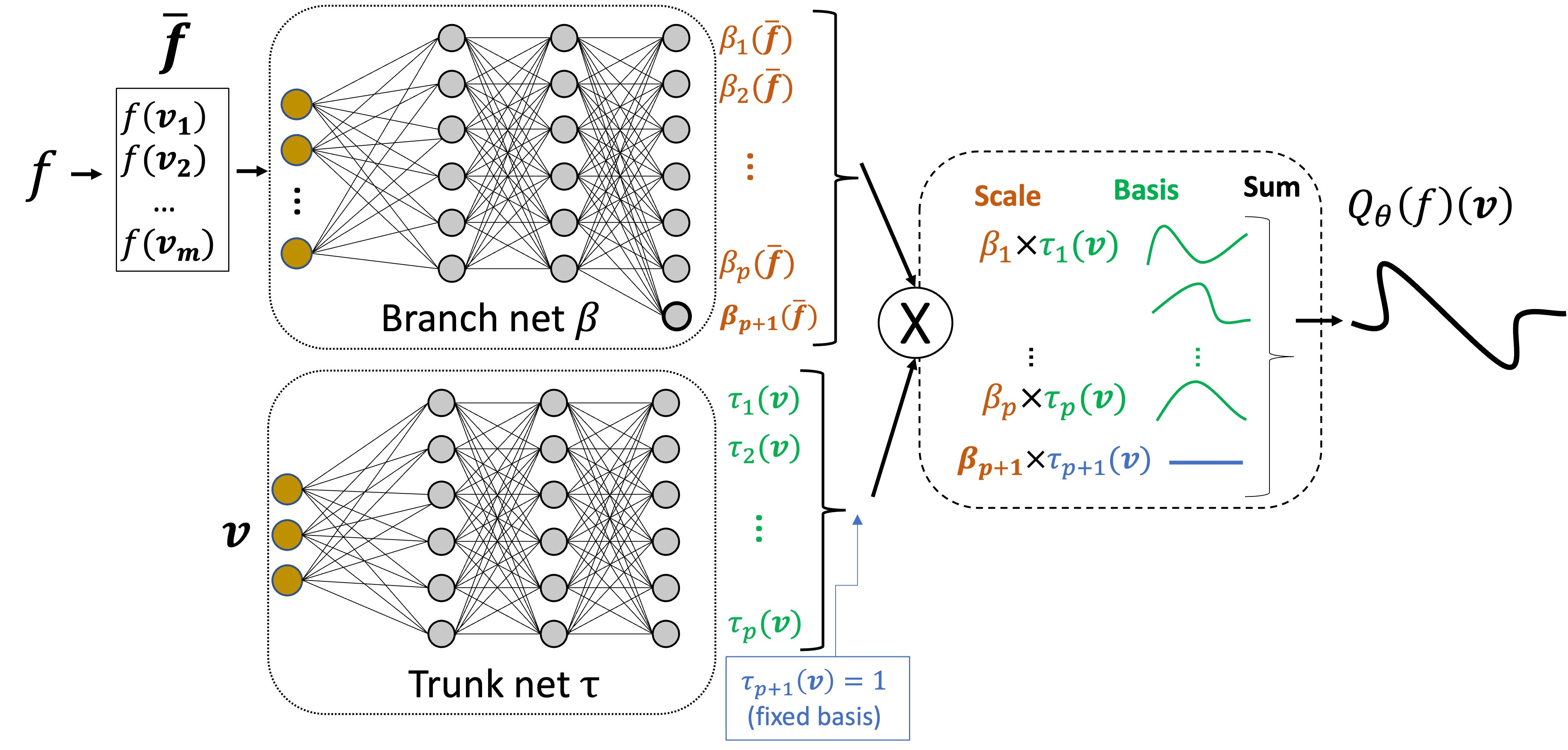
Can we use operator learning to accellerate PDE simulations without sacrificing structural properties of the underlying operators? ...
Read more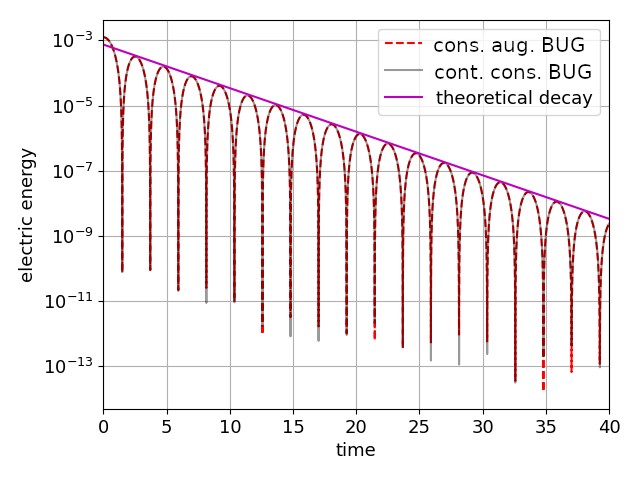
One key question when using DLRA methods is the construction of robust time integrators that preserve the invariances and associated conservation laws of the original problem. ...
Read more
Gas dynamic simulations that span multiple flow regimes are a challenging problem in high-altitude aerospace, turbo-machinery and propulsion engines. ...
Read more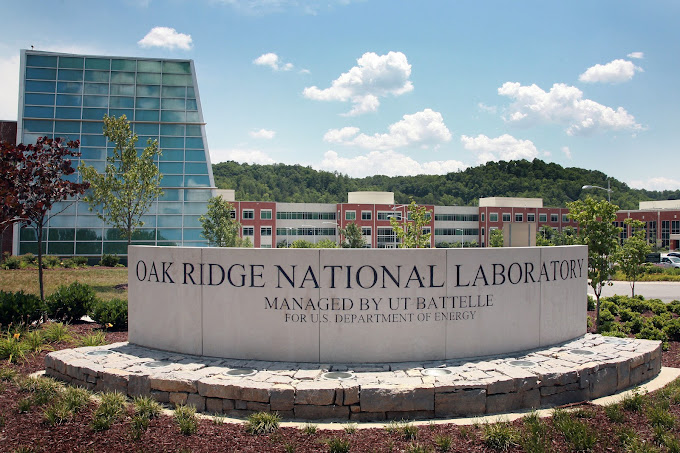
I'm excited to start my new position as Householder Fellow at the Oak Ridge National Laboratory. ...
Read more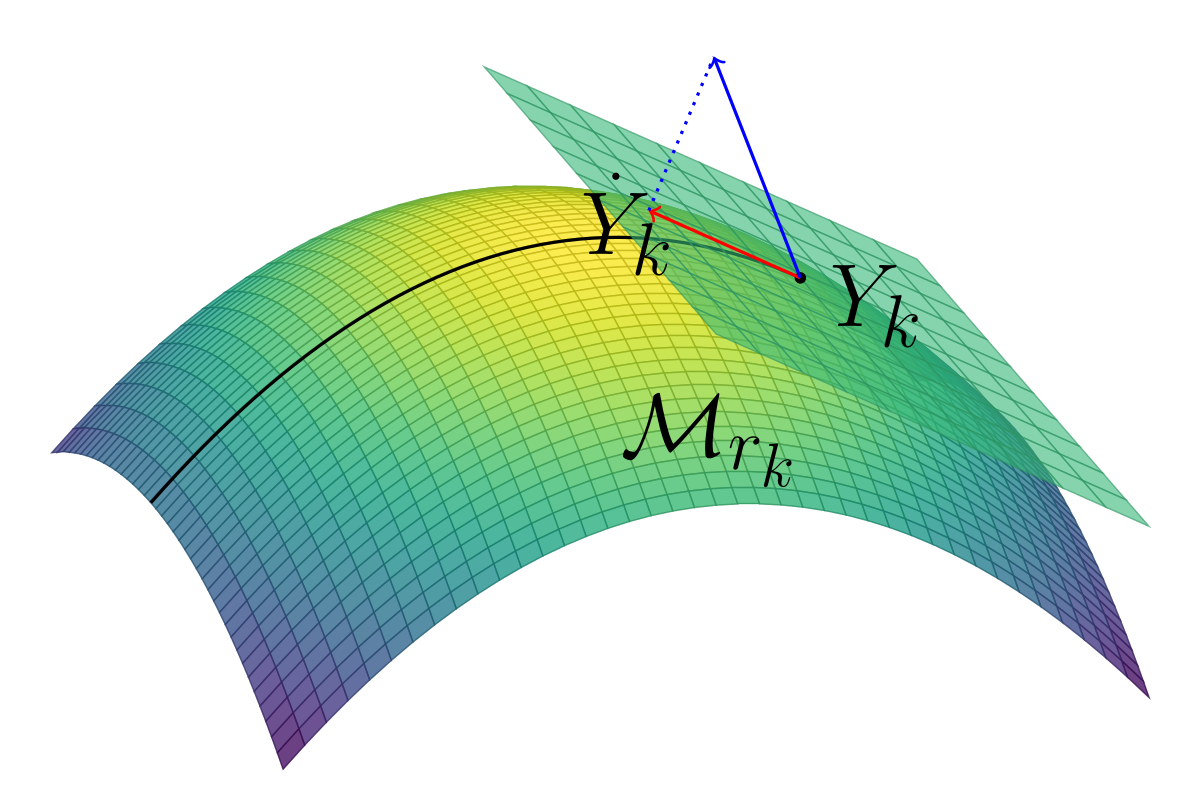
The computing cost and memory demand of deep learning pipelines have grown fast in recent years and thus a variety of pruning techniques have been developed to reduce model parameters. ...
Read more
The main focus of the KiT-RT software suite is on radiotherapy planning for cancer treatment and investigation of various research questions in the field of radiative transfer. This goal is supported by an easily extendable code structure that allows for straightforward implementation of additional methods and techniques. The KiT-RT framework is a high-performance open source C++ based platform for radiation transport, available on Github with documentation on ReadTheDocs. The software-paper can be found on Arxiv
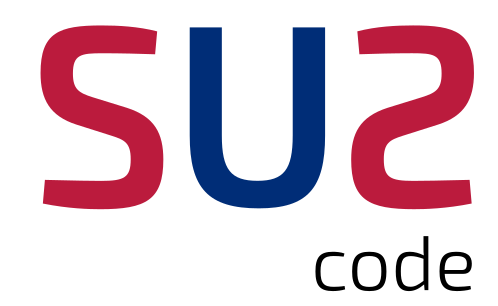
Drag reduction of airplane wings is crucial for fuel efficient flight. We use windowing regularization to build a robust PDE constrained optimization for unsteady flows. On the NACA0012 Airfoil profile with an unsteady, turbulent flow at high angle of attack, we've achieved 30% drag reduction compared to the unregularized baseline optimization. The method is embedded in the open-source, high performance multi-physics software SU2. Try it yourself with the SU2 tutorial.
This work was awarded 1st place at the Multidisciplinary Design Optimization Student Paper Competititon at the AIAA aviation forum 2020.